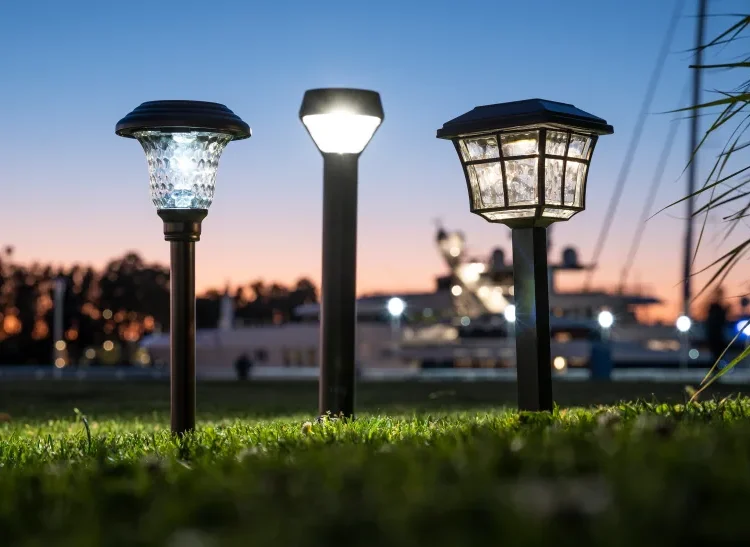Lightning – a spectacular display of nature’s power, yet a force to be reckoned with. While witnessing a lightning storm can be awe-inspiring, a direct strike on your property can have devastating consequences. This is where lightning rod installation comes in – a proactive measure to safeguard your home from potential damage caused by lightning strikes.
Recognizing Lightning and Its Dangers
Lightning is a powerful electrical discharge that occurs during thunderstorms. It seeks the path of least resistance to reach the ground, and tall structures like your home are prime targets. A direct strike can cause significant damage, including fire, structural damage, and damage to electrical appliances. Even an indirect strike, where lightning hits nearby and travels through electrical lines, can cause electrical surges and equipment malfunctions.
The Role of Lightning Rods
Lightning rods act as a line of defense against direct lightning strikes. They are typically made of copper or aluminum and consist of an air terminal (the pointed rod at the top), a conductor (the cable that carries the current), and a grounding system (the rods buried in the earth). Here’s how they work:
- Attracting the Strike: The pointed air terminal acts as a preferential target for the lightning strike.
- Conducting the Current: The conductor (cable) provides a low-resistance path for the powerful current to travel safely down to the ground.
- Dissipating the Energy: The grounding system disperses the current safely into the earth, preventing it from entering your home and causing damage.
Planning and Considerations for Installation
Lightning rod installation is not a DIY project. It’s crucial to hire a qualified and licensed electrician who specializes in lightning protection systems. They will assess your property and recommend the appropriate type and number of lightning rods based on factors like:
- Size and Shape of Your Home: Larger and more complex rooflines may require additional protection points.
- Building Materials: Metal roofs may require a different approach than traditional roofs.
- Local Regulations: Some areas may have specific regulations regarding lightning rod installation.
The Installation Process
A typical lightning rod installation might involve the following steps:
- Inspection: The electrician will assess your property and determine the optimal placement of lightning rods.
- Air Terminal Installation: The air terminals are securely mounted on the highest points of your roof, such as the peak or ridges.
- Conductor Installation: The conductor cable is securely fastened along the roof and walls, connecting all the air terminals to the grounding system.
- Grounding System Installation: Ground rods are driven deep into the earth, and the conductor cable is connected to them using clamps and bonding straps.
Benefits of Lightning Rod Installation
While lightning strikes are not entirely predictable, installing lightning rods offers significant benefits:
- Reduced Risk of Fire: By safely diverting the current away from the structure, lightning rods significantly reduce the risk of fire caused by a direct strike.
- Structural Protection: Lightning strikes can cause structural damage, especially to chimneys or roof components. Lightning rods help mitigate this risk.
- Peace of Mind: Knowing you have taken proactive steps to protect your property and loved ones from the dangers of lightning can provide significant peace of mind.
By understanding the role of lightning rods and investing in proper installation and maintenance, you can significantly enhance your home’s protection against the powerful forces of nature. Remember, lightning safety is paramount, so leave the installation to the professionals and enjoy the peace of mind that comes with a well-protected home.









